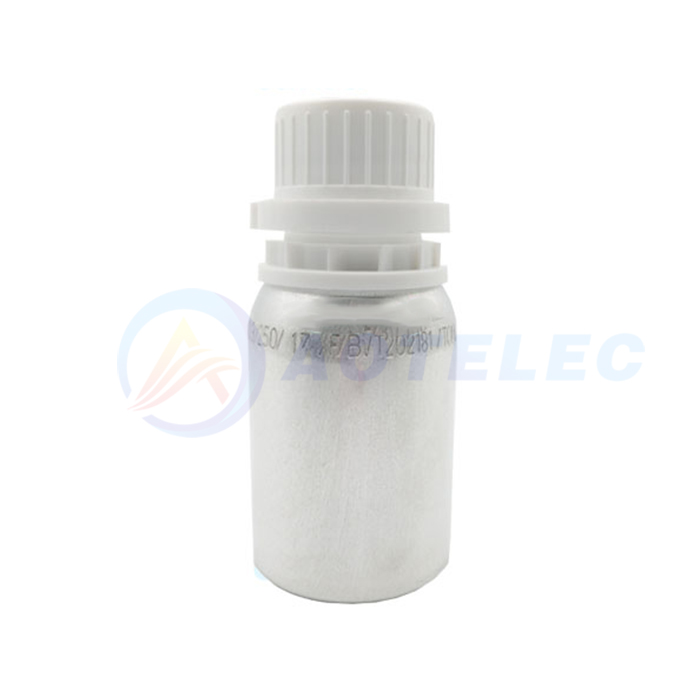-
Call Us
0086-592-7161550 -
Email us
ping@aotbattery.com -
Skype
ping@aotbattery.com
Call Us
0086-592-7161550Email us
ping@aotbattery.comSkype
ping@aotbattery.com
Lithium Battery Electrolyte has a significant impact on the charging and discharging performance (high and low temperature), lifespan (cyclic storage), and temperature applicability of batteries.
Suitable solvents need high dielectric constant and low viscosity. Commonly used solvents are alkyl carbonates such as PC and EC, which have strong polarity, high dielectric constant, but high viscosity, large Intermolecular force, and slow lithium ion movement. Linear esters, such as DMC (dimethyl carbonate) and DEC (diethyl carbonate), have low viscosity but also low dielectric constant. Therefore, in order to obtain solutions with high ionic conductivity, mixed solvents such as PC+DEC and EC+DMC are generally used.

Principle of electrolyte solvent matching
① EC: A polar solvent that dissolves lithium salts and has a film-forming effect, making it an essential component.
② DMC: A weakly polar solvent with low viscosity, which is beneficial for increasing conductivity. It is commonly used in rate type and electrolytes that require good wettability.
③ EMC: Easy to decompose into DMC and DEC in small amounts, with many combinations with EC, used for aluminum shell batteries.
④ DEC: High boiling point, mixed with EMC and PC, mostly used for high-temperature electrolytes.
⑤ PC: Polar solvent with high boiling point, used for high-temperature storage type electrolytes, but poor compatibility with natural graphite.
Electrolytes used in lithium-ion batteries should generally meet the following basic requirements:
a. High ion conductivity, generally reaching 1 × 10-3-2 × 10-2S/cm;
b. High thermal and chemical stability, without separation over a wide voltage range;
c. Wide electrochemical window, maintaining stable electrochemical performance over a wide voltage range;
d. Good compatibility with other parts of the battery, such as electrode materials, electrode current collectors, and battery separators;
e. Safe, non-toxic, and pollution-free.
Improve infiltration:
1.One is to improve the liquid injection process (vacuum+extended time+batch splitting);
2.The second is to improve the core rolling process (electrode material spherical+moderate compaction density+moderate core tightness);
3.The third is to add a sizing agent (no more than 1%).

Tel/Whatsapp: 0086-592-7161550

Scan to wechat:
